Citation
Beskow, David M.; Carley, Kathleen M. Agent Based Simulation of Bot Disinformation Maneuvers in Twitter
. Institute of Electrical and Electronic Engineers (2019): 750-761. DOI: 10.1109/WSC40007.2019.9004942.
Findings
The authors find support for the idea that backing and bridging tactics used by bots can impact beliefs in disinformation. Specifically, they present twitter_sim, an agent-based model for exploring backing or following and retweeting influencers to amplify their message and bridging or building links between two communities to introduce the idea of one to another on increasing beliefs in disinformation on Twitter. Unlike most other ABM approaches, twitter_sim allows agents the ability to tweet, retweet, follow, like, etc. to more accurately model how trolls/bots behave on Twitter, along with mimicking the network characteristics common on the platform. The model focuses on the interactions between bots, normal users, and truth seekers and takes into account limited attention of users in the form of reading only a few tweets as well as similarity between people (homophily) and exposure to global conversations on Twitter that users can gain access to during searches. The authors show that truth tellers are able to maintain a downward trend on belief in disinformation until the percentage of bots that are backing exceeds 12 percent. At a bot presence of 12 percent, the battle for belief is generally at a stalemate, and at bot presence greater than 12 percent the bot campaign begins to build increasing belief in disinformation. There is no substantial difference in impact between bots that are amplifying the messages of influencers or those engaging in random backing. When it comes to bridging, the authors find that it can occur simply by pointing bots that are programmed to back at multiple communities. When bridging does bring the two communities together, the truth tellers that are present in the target community are not able to prevent increasing belief in the disinformation.
Tags
Method: Quantitative Operation: State Initiation of info ops threat/attack Attack: Military of the state that is threatened/attacked Attack: Political/Legal Institutions of the state that is threatened/attacked Attack: Economic institutions of the state that is threatened/attacked Attack: General population of the state that is threatened/attacked Geoscope: No geoscope UN Region: No specific geographic focus DOD Region: No specific geographic focus Type: Article Year: 2019
Research Background
- Research questions
- What emergent behavior do we observe when bots back influencers or bridge networks in social media?
- Hypotheses
- When bots use backing or bridging as techniques, they can increase Twitter users' beliefs in disinformation. (inferred)
Variables or Concepts
- Independent variables & concepts
- Bot tactic of backing
- Bot tactic of bridging
- Dependent variables & concepts
- Influencing a person's beliefs
Methodologies
- Quantitative method description
- Study of disinformation maneuvers' impact using agent based modeling
